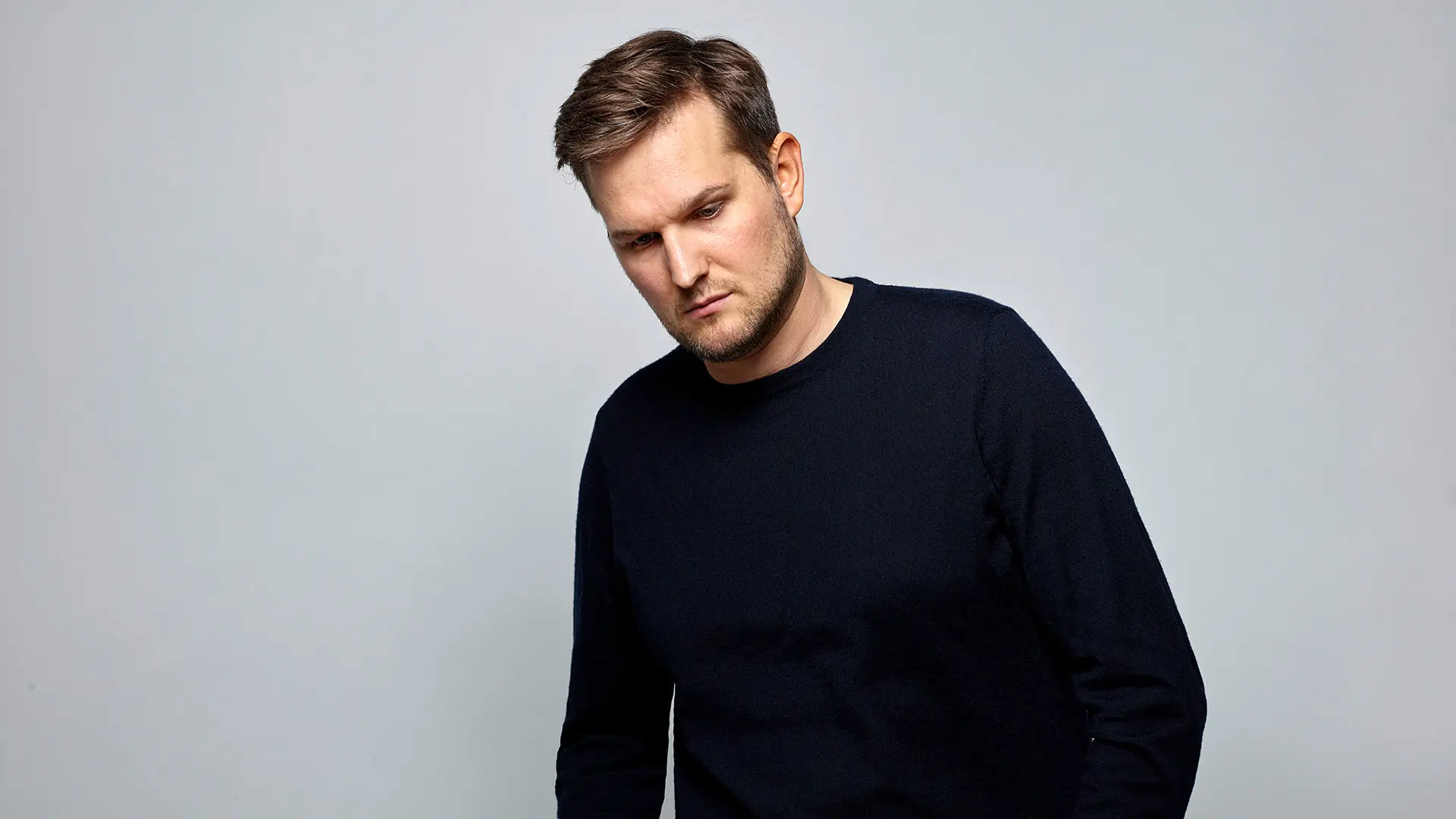In partnership with MiCodmc, a selection of establishments ripe for discovery during the 63rd edition of the Salone del Mobile.Milano, from 8th to 13th April

Photo by Gaby Gerster
From the Salone Satellite to internationally renowned design studios. One of the most interesting designers of his generation talks aesthetics and ideals.
As a designer, I developed my own design language and approach very early on. My aim is to create products that become companions for life. I am not interested in trendy or cheap products. I think nowadays we have a duty to consider materials and production methods carefully, with the onus on sustainability, and to act responsibly. I believe in products that combine craftsmanship and technology, culture and vision.
I am always looking for solid partners with a vision of something both unique and powerful. It is also important to have partners prepared to go down a more difficult road in order to achieve something outstanding.
Take a piece like my 118 chair for the German Thonet brand. Some of the elements are steam bent. It’s a very old technique, but lends a certain quality and character. Others are CNC milled, because it makes them more precise and it also makes financial sense. I am always trying to find the right balance to achieve the very best.
Working with craftsmen around the world is very inspiring and interesting. I learn a lot just by visiting and observing them in their workshops in Venice, Colombia or Taiwan. It is a huge cultural asset. Collaborating with them, developing new products and trying out new themes with them is a sort of social and cultural sustainability.
It is not about ideal or perfect. I am not interested in those sorts of qualities. I want people who uphold my idea of quality, value and design.
Design is very much connected to society and to its changes and challenges. Designers have to look for solutions and responses to this. We are all influenced by social media. We are constantly bombarded with information on a global scale. We work internationally. That means our designs are far more widely accessible than they were 10 years ago. This year the Salone del Mobile was the design hub for people from all over the globe. We all have the same behaviours, ideas and desires.
Perhaps the most famous piece was the Bell table for ClassiCon, but then there was also the Clip Chair for de Vorm, and my connection with Patrizia Moroso was sparked there.

In memoriam: David Lynch
The American director has left us at the age of 78. The Salone del Mobile.Milano had the honor of working with him during its 62nd edition, hosting his immersive installation titled “A Thinking Room”. An extraordinary journey into the depths of the mind and feelings. His vision will continue to be a source of inspiration.



 Stories
Stories



















